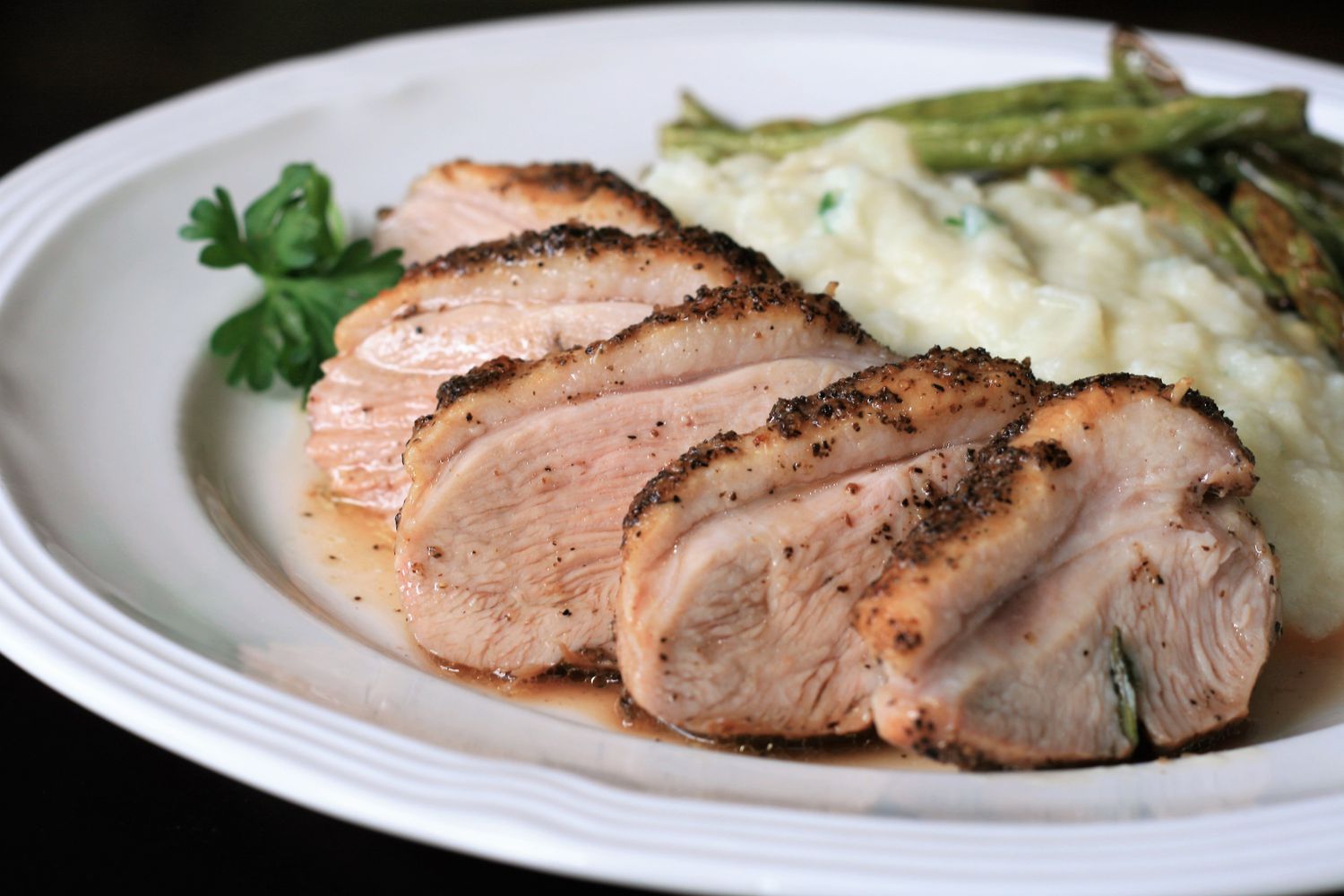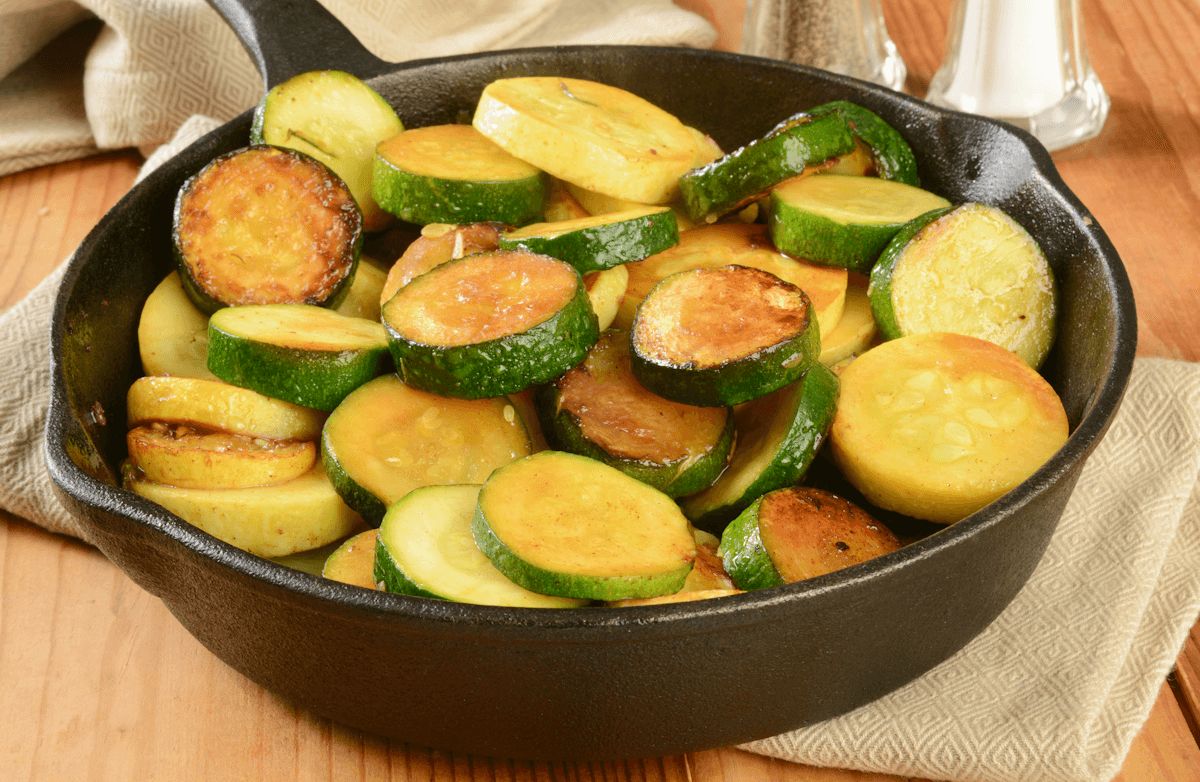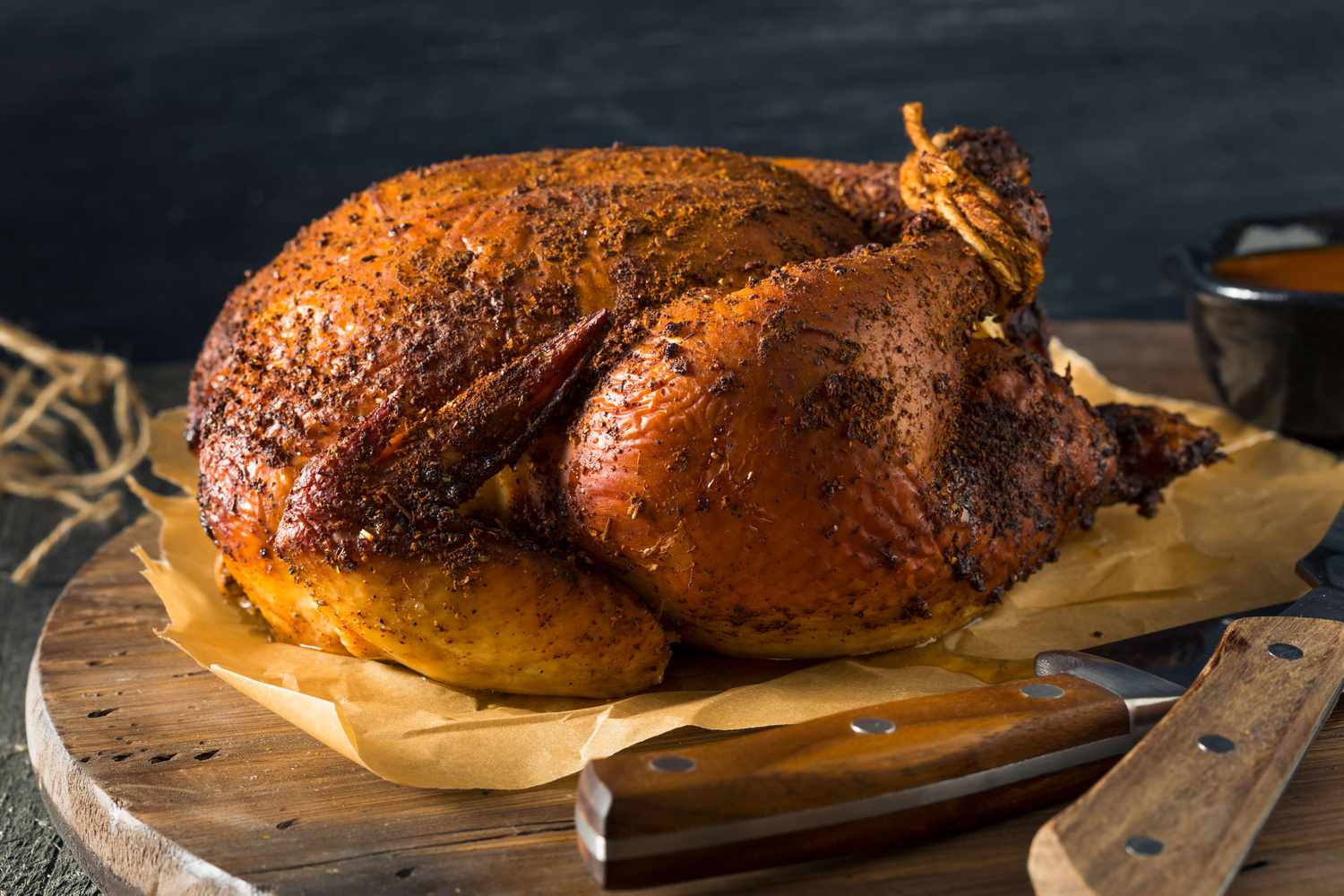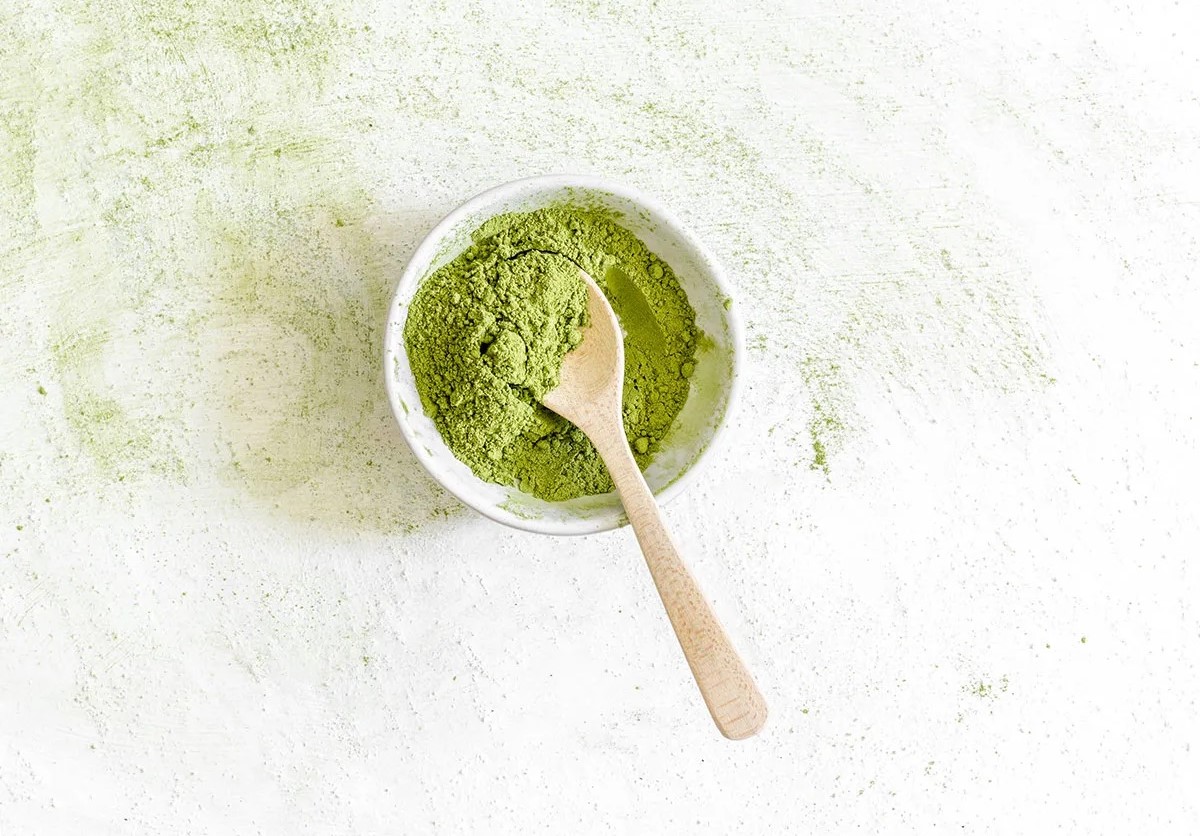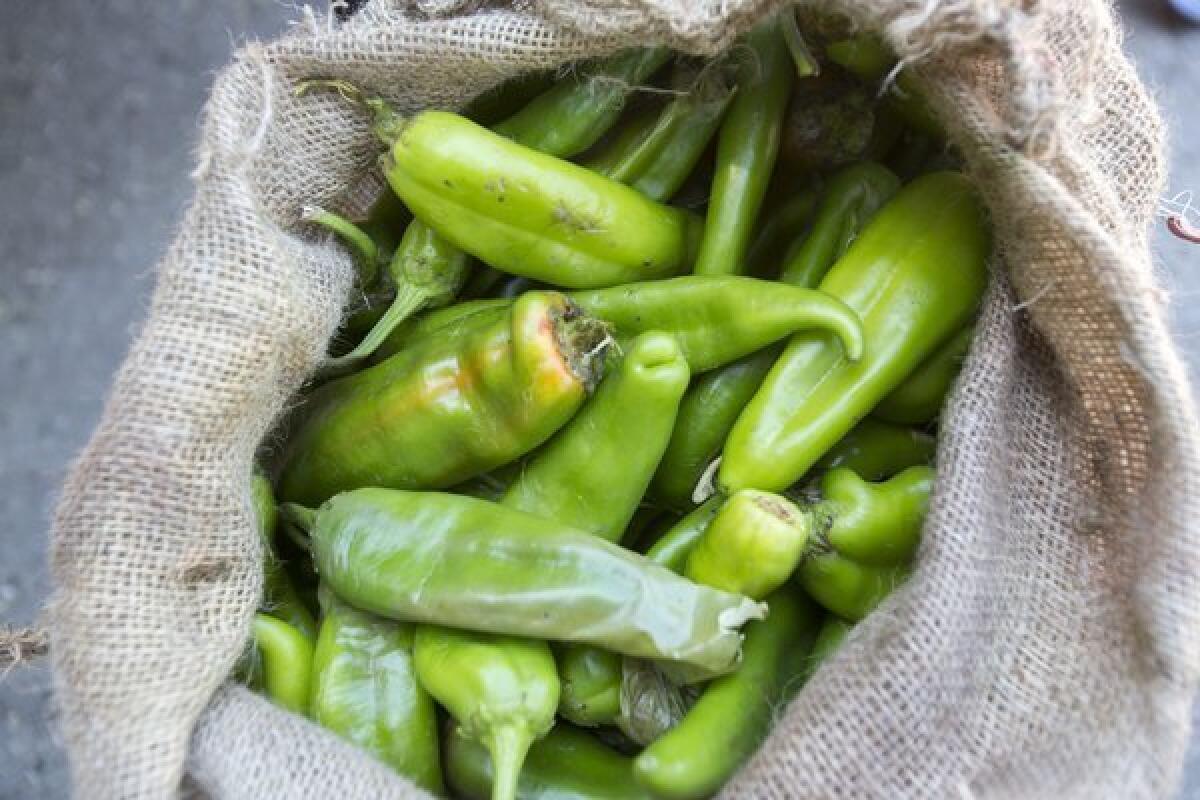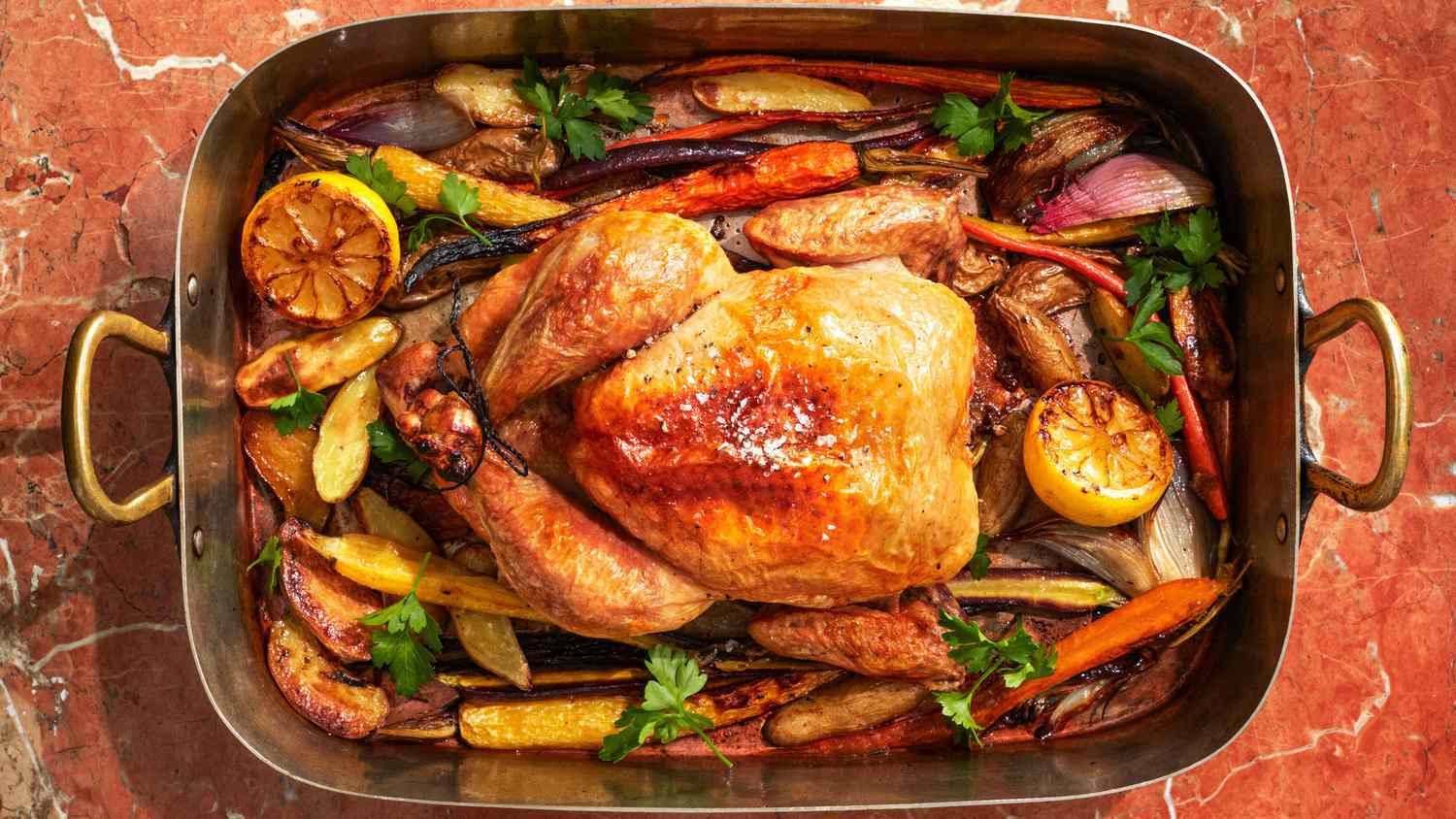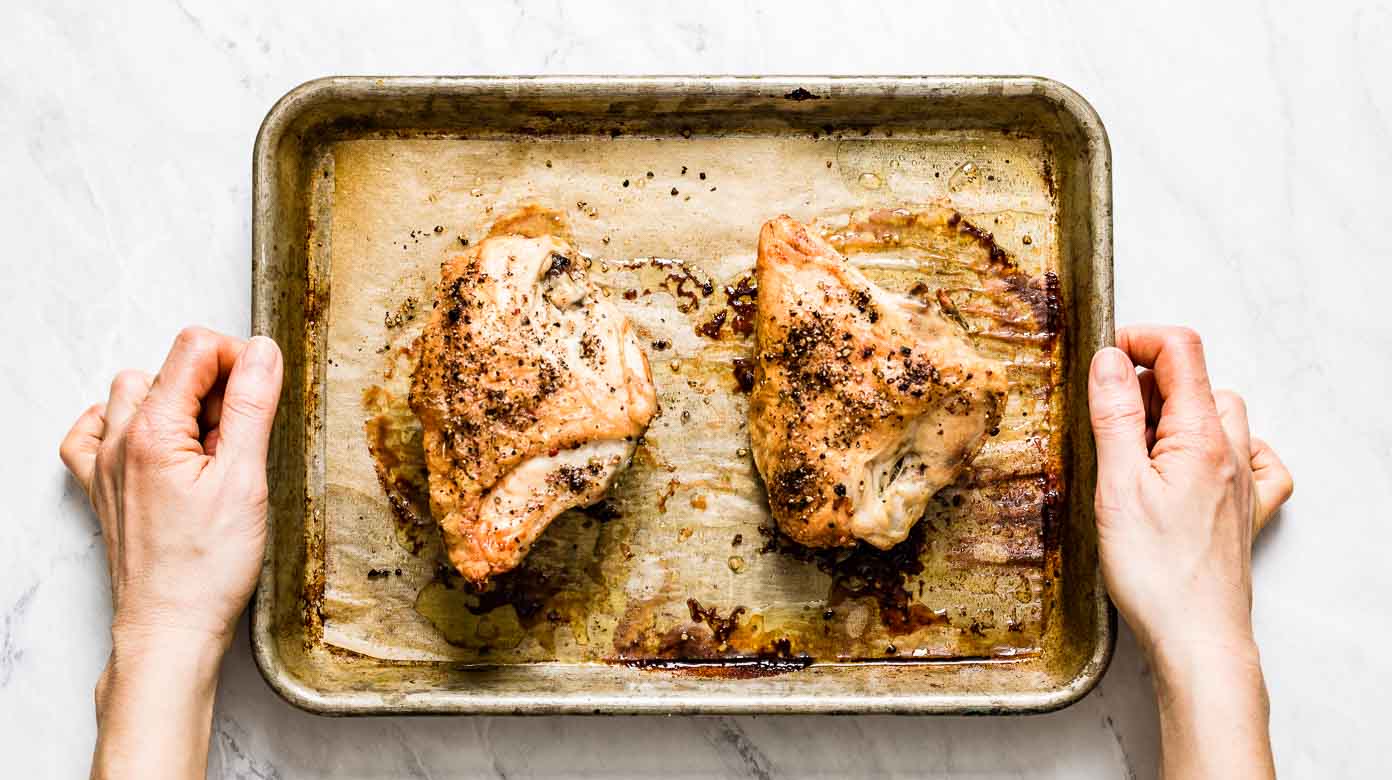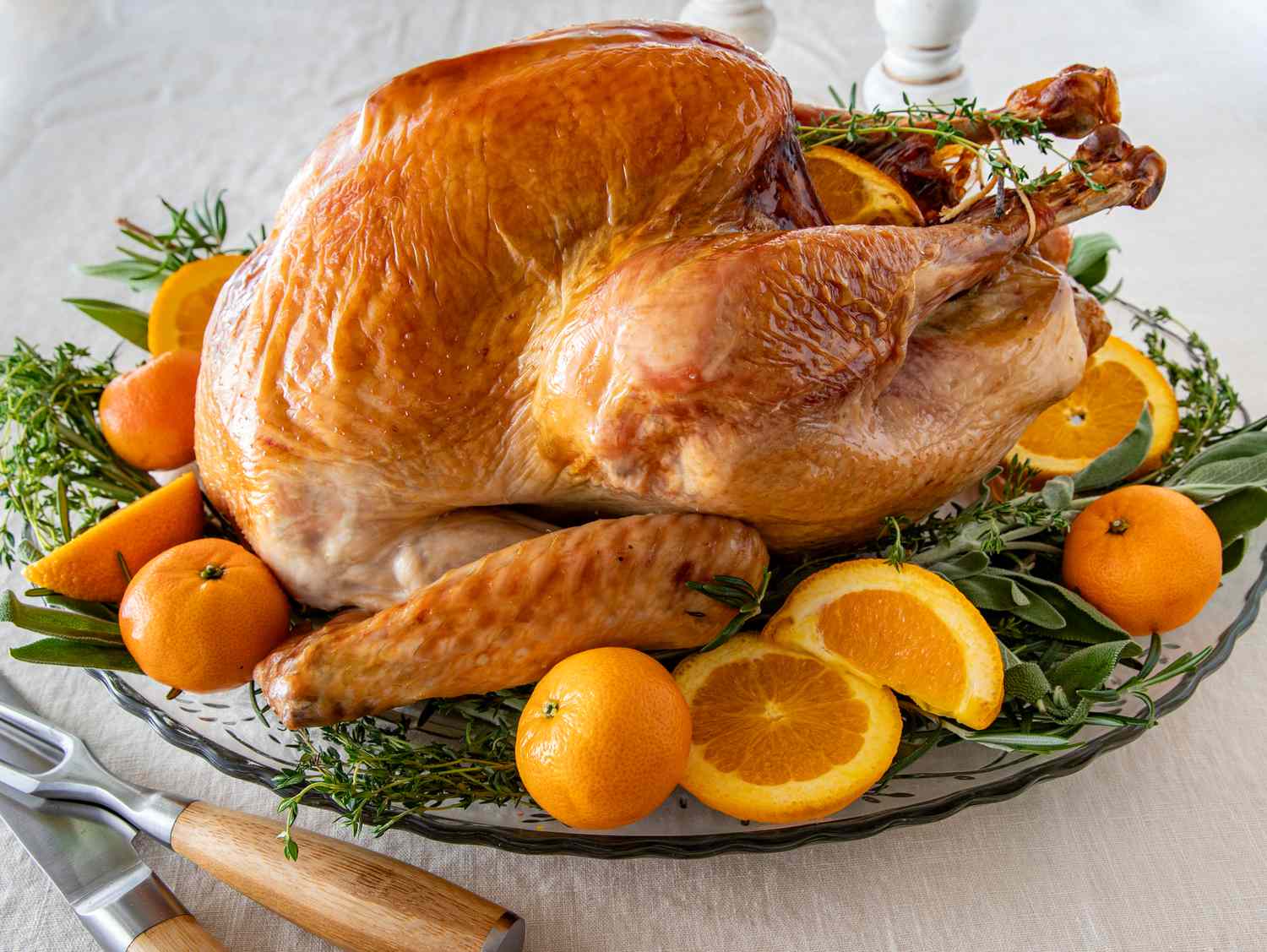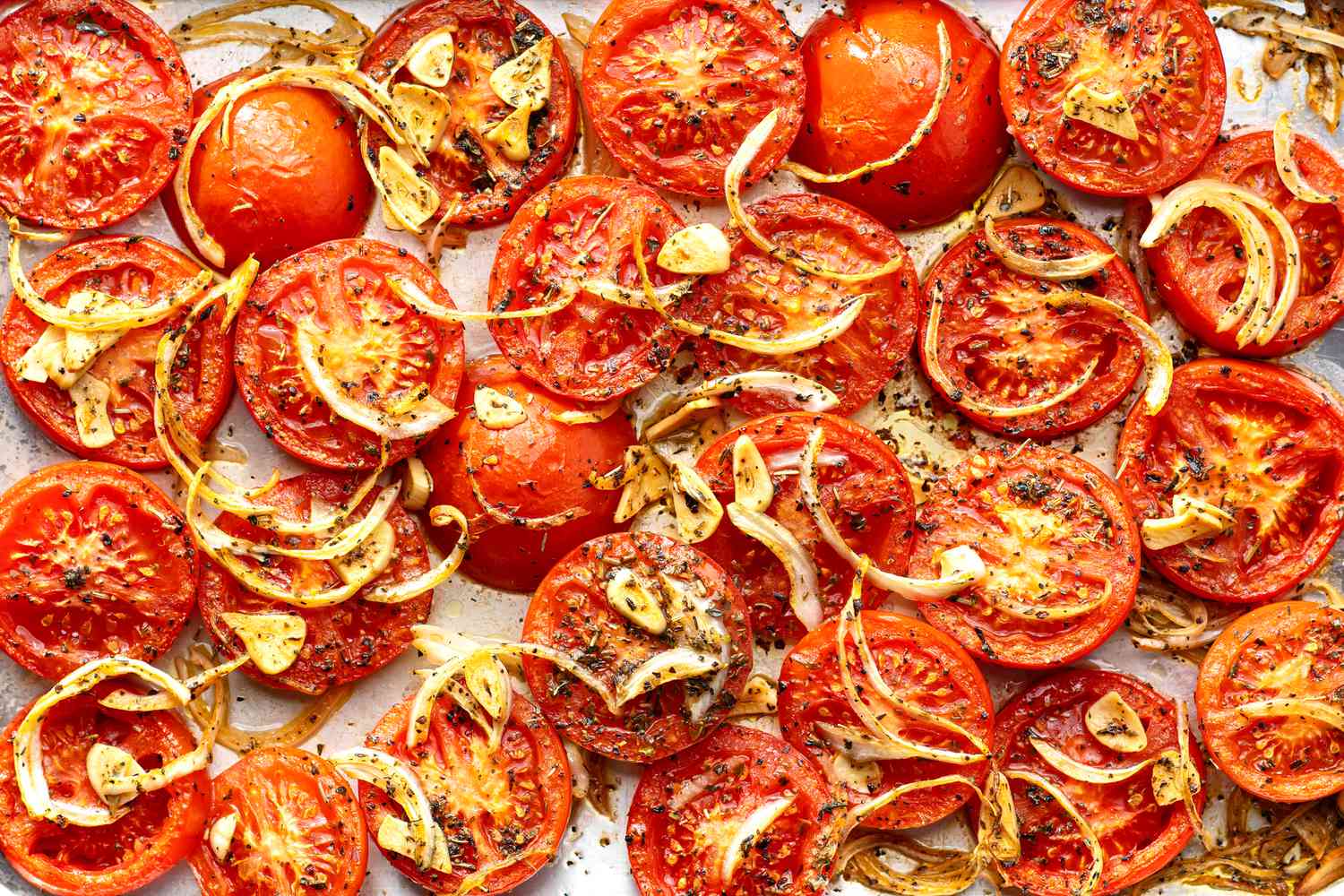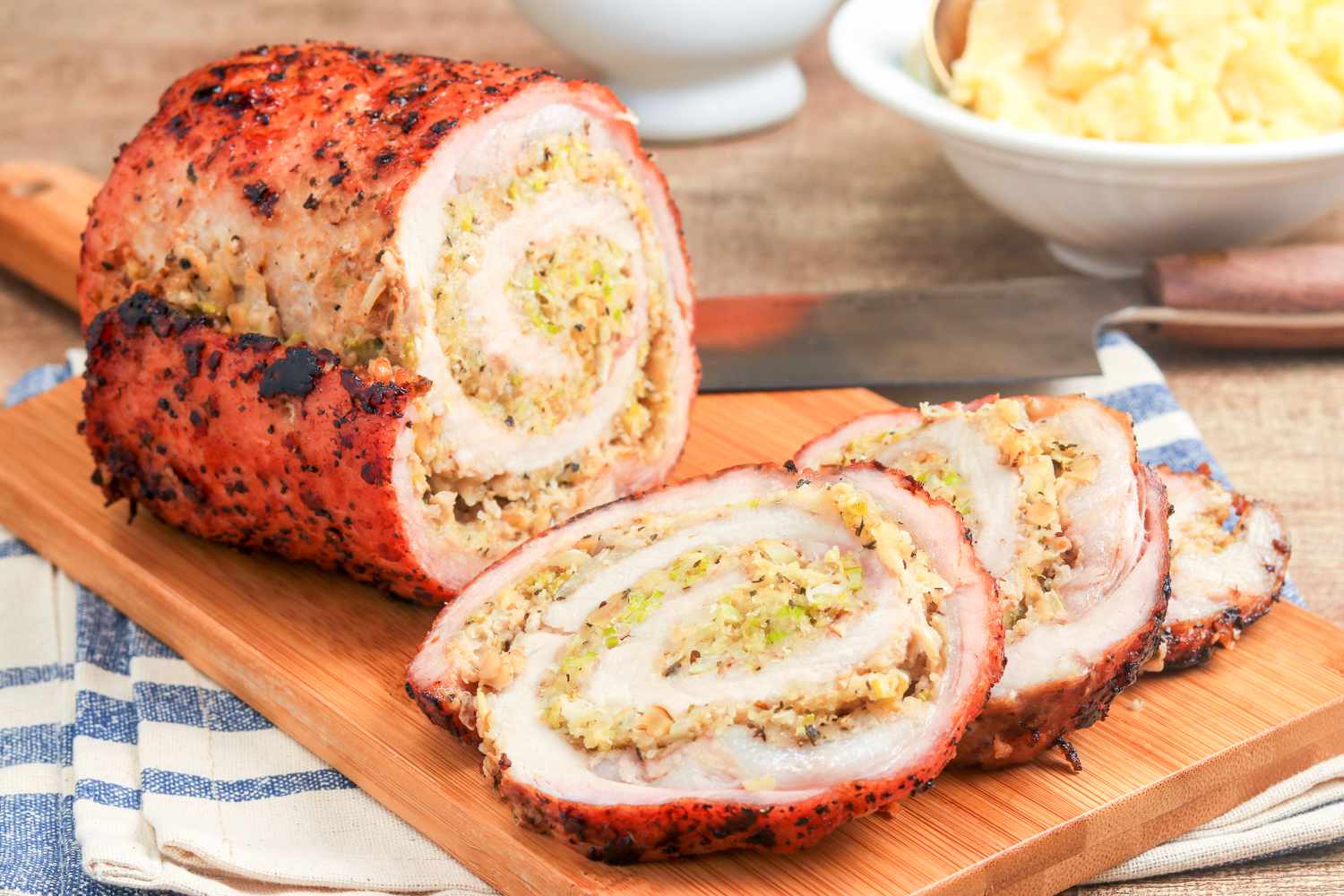Roasting Cow Tongue: A Delicious and Unique Dish
Roasting cow tongue may not be the first thing that comes to mind when you think of cooking, but it’s a delicious and unique dish that’s worth trying. Cow tongue, also known as beef tongue, is a tender and flavorful cut of meat that can be roasted to perfection. If you’re looking to expand your culinary horizons and impress your friends and family with a new and exciting dish, roasting cow tongue is a great option. In this article, we’ll walk you through the process of roasting cow tongue and share some tips for creating a mouthwatering meal.
Choosing and Preparing the Cow Tongue
Before you can roast cow tongue, you’ll need to select a high-quality cut of meat and prepare it for cooking. When choosing a cow tongue, look for one that is firm and free of any discoloration or strong odors. You can ask your butcher for assistance in selecting the best cow tongue for roasting. Once you have your cow tongue, you’ll need to prepare it by removing any excess fat and skin. This can be done by carefully trimming the outer layer of the tongue with a sharp knife.
Seasoning and Flavoring
Roasting cow tongue allows for a variety of seasoning and flavoring options. Whether you prefer a simple salt and pepper rub or a more complex blend of herbs and spices, the key is to infuse the meat with delicious flavors. Marinating the cow tongue overnight in a mixture of olive oil, garlic, and your favorite herbs can help tenderize the meat and enhance its natural taste. You can also add a touch of sweetness with a honey or balsamic glaze for a unique twist on traditional roasts.
Roasting Process
When it comes to roasting cow tongue, slow and steady is the way to go. Preheat your oven to 325°F (163°C) and place the seasoned cow tongue in a roasting pan. Cover the pan with aluminum foil to help retain moisture and cook the tongue for approximately 3-4 hours, or until it reaches an internal temperature of 160°F (71°C). Basting the tongue with its natural juices or a flavorful broth throughout the cooking process can help keep it moist and tender.
Serving Suggestions
Once the cow tongue is fully roasted, allow it to rest for a few minutes before slicing it thinly against the grain. This will help ensure that the meat is tender and easy to chew. Cow tongue can be served as a main dish alongside roasted vegetables and mashed potatoes, or it can be sliced and used in sandwiches or tacos for a unique and flavorful twist. The rich and savory flavor of roasted cow tongue pairs well with a variety of side dishes and condiments, so feel free to get creative with your serving options.
Conclusion
Roasting cow tongue is a fantastic way to explore new flavors and expand your culinary skills. With a little preparation and a lot of patience, you can create a mouthwatering dish that’s sure to impress. Whether you’re cooking for a special occasion or simply looking to try something different, roasting cow tongue is a delicious and rewarding experience that’s well worth the effort.
So, next time you’re in the mood for a culinary adventure, consider roasting cow tongue and savoring the rich and unique flavors that this often overlooked cut of meat has to offer.
Was this page helpful?
Read Next: How To Roast Cubed Cabbage
